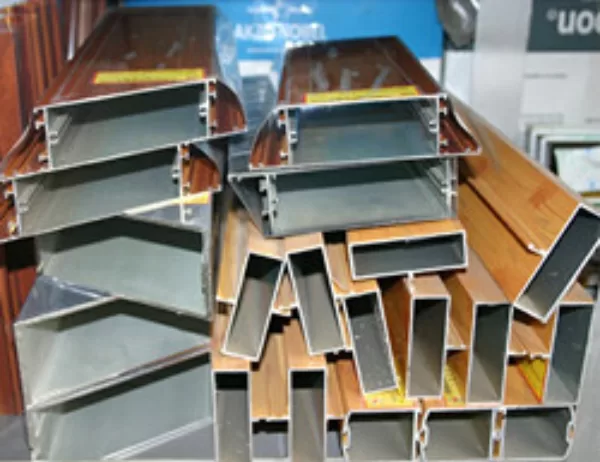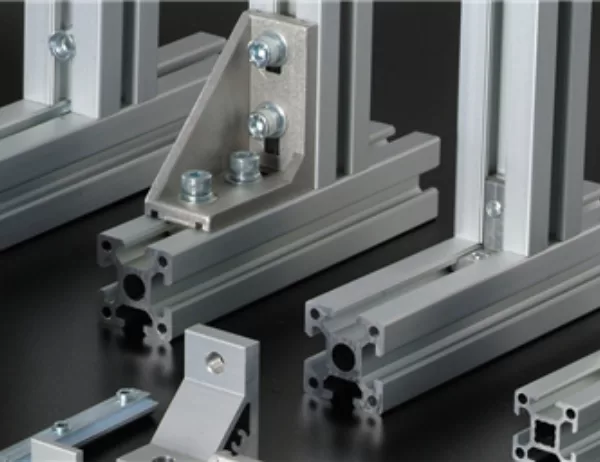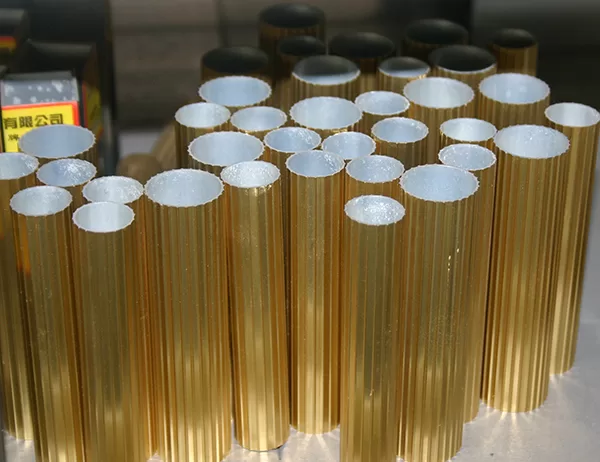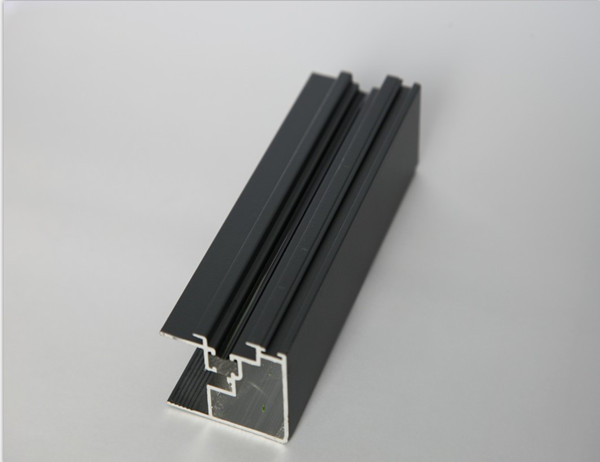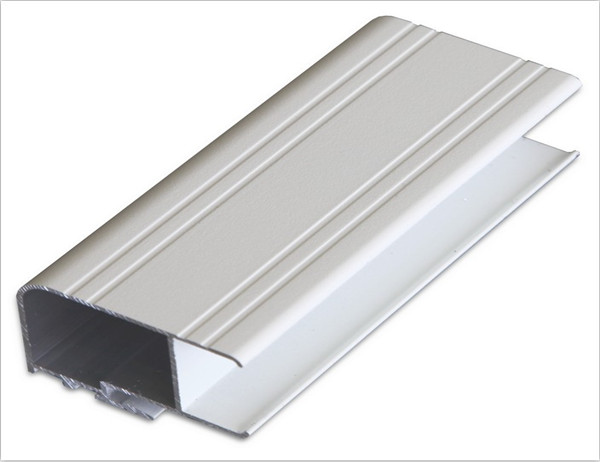In the ever-evolving construction industry, towering structures and intricate architectural feats push the boundaries of engineering prowess. Among the indispensable tools shaping these architectural marvels is formwork, the temporary mold that shapes poured concrete into the desired configuration. Aluminum shuttering, in particular, has emerged as a game-changer, revolutionizing the formwork landscape.
Unveiling the Advantages
Aluminum shuttering’s lightweight nature unlocks a myriad of benefits. Its reduced weight allows for effortless handling and transportation, minimizing labor costs and expediting project timelines. Furthermore, its durability ensures longevity, withstanding the rigors of multiple concrete pours without compromising its integrity.
Moreover, aluminum’s exceptional strength-to-weight ratio enables the creation of complex geometric shapes with intricate details. This versatility allows for the construction of aesthetically stunning and structurally sound buildings. The inert nature of aluminum also prevents chemical reactions with concrete, ensuring pristine surface finishes.
Accelerated Construction
The ease of handling and adaptability of aluminum shuttering significantly accelerates construction processes. Its modular design allows for rapid assembly and disassembly, reducing downtime between pours. The pre-engineered components minimize customization requirements, further streamlining the construction workflow.
Safety and Sustainability
Aluminum shuttering’s lightweight characteristics not only improve efficiency but also enhance safety. Its reduced weight minimizes the risk of accidents during handling and installation. Additionally, its recyclability contributes to eco-friendly practices, promoting sustainability in the construction industry.
Embracing Innovation
As the construction industry continues to evolve, aluminum shuttering stands as a testament to the power of innovation. Its unique combination of lightweight, durability, versatility, and sustainability positions it as the go-to solution for modern construction projects. By embracing this groundbreaking technology, constructors can unlock unprecedented efficiency, architectural freedom, and environmental responsibility.
